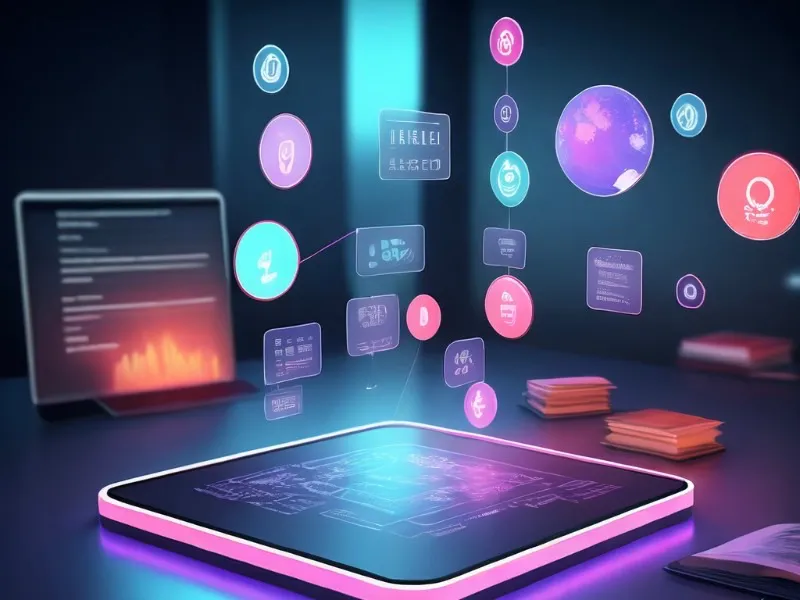- The application and progress of AI in finance are significant. Robo-advisors use AI to provide automated, personalised investment advice and asset allocation services by analysing clients’ risk appetite, financial positions, and market data. Platforms like Betterment and Wealthfront have gained market share by offering convenient and efficient investment services.
- Through deep learning and big data analysis, AI technology can efficiently analyse vast amounts of medical imaging data such as CT and MRI, quickly identifying signs of diseases like lung nodules, cerebral hemorrhage, and breast cancer, thus improving diagnostic accuracy and timeliness.
AI is revolutionising finance, medicine, and education. In finance, AI powers robo-advisors like Betterment and Wealthfront, enhances risk management, and improves customer service with chatbots like JPMorgan’s COiN. In medicine, AI aids in diagnosing diseases with tools like Watson for Oncology and integrates with robotic surgery for precision. China’s AI medical imaging market is projected to hit 12.68 billion RMB (1.65 billion dollars) by 2025. In education, AI personalises learning through platforms like Squirrel Ai and optimises teaching with tools like IFLYSpark Intelligent Blackboard. These advancements underscore AI’s transformative impact across these vital sectors.
AI in financial sector
The application and progress of AI in finance are significant. Robo-advisors use AI to provide automated, personalised investment advice and asset allocation services by analysing clients’ risk appetite, financial positions, and market data. Platforms like Betterment and Wealthfront have gained market share by offering convenient and efficient investment services. With ongoing technological advancements, these platforms continually optimise their algorithms to better adapt to market changes and offer more accurate investment advice. Some are integrating blockchain and big data to enhance transparency and security.
In risk management, AI assesses borrowers’ credit statuses by analysing behavioral, consumption, and social data, effectively reducing credit risk. Financial institutions use AI to create credit scoring models, quickly approve loan applications, and predict market fluctuations, aiding in risk hedging strategies.
AI is also increasingly used in customer service. Chatbots provide 24/7 assistance with account inquiries, transactions, and financial consulting, improving customer satisfaction and service efficiency. For example, JPMorgan’s COiN chatbot handles thousands of customer queries annually, significantly reducing manpower costs.
Also read: Phil Schiller to represent Apple on OpenAI Board
Also read: Google struggles to meet its climate goals in Gemini AI era
AI in medical sector
Through deep learning and big data analysis, AI technology can efficiently analyse vast amounts of medical imaging data such as CT and MRI, quickly identifying signs of diseases like lung nodules, cerebral hemorrhage, and breast cancer, thus improving diagnostic accuracy and timeliness. For instance, Watson Health’s Watson for Oncology is used in cancer diagnosis, analysing a large volume of imaging data to provide personalised treatment recommendations for doctors.
The market size for AI medical imaging in China is continuously growing and is expected to reach 12.68 billion RMB by 2025. This demonstrates the immense potential and value of AI in the field of medical imaging diagnostics. AI technology’s integration with robotic surgery platforms, like the Da Vinci Surgical System, enables more precise and complex surgical operations. AI algorithms can analyse data in real time during surgery, guiding robotic arms for more accurate operations, reducing surgical trauma, shortening recovery times, and increasing surgical success rates.
With ongoing advancements and innovations, the application of AI in the medical field will become even more widespread and in-depth. The extensive use of large models, such as health models launched by tech giants like Baidu, JD.com, and iFlytek, is driving the intelligent transformation of the healthcare industry. These large models show significant potential in various areas including medical Q&A, intelligent doctor assistants, drug development, and health education.
National and local governments are actively promoting the development and application of AI medical technologies by issuing relevant policies and technical standards, providing strong support for the implementation of AI medical technologies.
AI in education
The application and progress of AI in the field of education is remarkable, which not only promotes the realisation of personalised learning, but also provides customised learning paths and precise guidance for students through intelligent tutoring systems and adaptive learning platforms. It also innovates the teaching evaluation and feedback mechanism, using intelligent evaluation system to provide immediate feedback and improve learning efficiency. At the same time, AI technology has optimised teaching management, promoted the balanced distribution of educational resources, and with the promotion and technological innovation at the national level, such as the introduction of generative AI, has continuously expanded the application boundary of the education market, from assisted teaching to online education, vocational education and other fields, providing a strong impetus for the improvement of digital education literacy and the enhancement of skills for all people.
For example, Squirrel Ai and other personalised learning platforms provide customised learning paths through intelligent algorithms, IFLYSpark Intelligent Blackboard serves as an AI assistant to improve teaching design and resource retrieval efficiency, and the AI learning assistant of Kuak App provides efficient assistance in problem solving and self-study.
At the same time, intelligent teaching management tools such as Tsinghua University’s GLM4 large model optimise the teaching process, while the Peking University oral virtual simulation Intelligent Laboratory shows the potential of intelligent laboratory and virtual simulation teaching. In addition, the Code on platform of Beijing University of Posts and Telecommunications uses AI technology to provide real-time tutoring for programming learning, which together prove the important role of AI in education innovation and development.

